Phonograph Cylinders
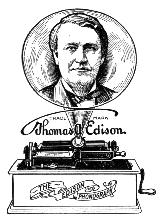 This page gives some brief details about phonograph cylinders.
These were the other carrier of recorded music during the late
1890s and early 1900s in the UK. Although gramophone discs were
also available at this time, these tended to be more expensive
and the quality of some of the early discs did not reach that of
the cylinder.
This page gives some brief details about phonograph cylinders.
These were the other carrier of recorded music during the late
1890s and early 1900s in the UK. Although gramophone discs were
also available at this time, these tended to be more expensive
and the quality of some of the early discs did not reach that of
the cylinder.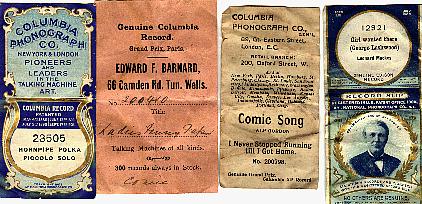
The first cylinders carried no information about the song or artist. As well as the cylinder being announced, often a paper slip was included with the cylinder, some examples are shown above.
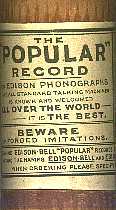

Sometimes the cylinder boxes were provided by the dealer rather than the record maker
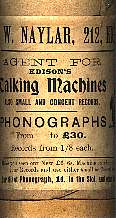
By 1902, a way of moulding duplicate cylinders had been invented, which allowed for mass production. The main international manufacturers were Edison, Columbia and Pathe
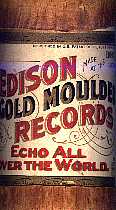
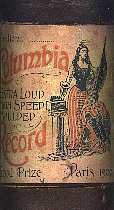
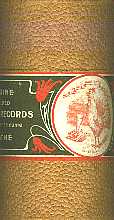


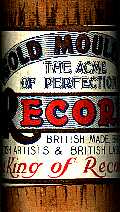
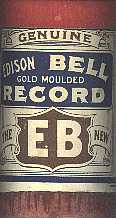
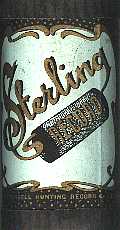
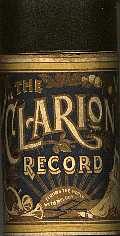
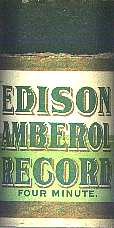
As the grooves in the cylinder were twice as fine as before, special attachments were available to convert your old phonograph to play the new records. In 1912, Edison introduced to England an improved 4 minute cylinder made from celulloid on a plaster of Paris core and called the Blue Amberol. These cylinders represented the peak of phonograph cylinder technology.
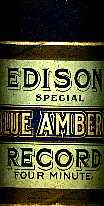
The heyday of the cylinder was around 1900 - 1904. In 1904, 80% of all British record sales were on cylinder, but this had fallen considerably within a few years. Edison continued to issue Blue Amberol cylinders into the 1920s.